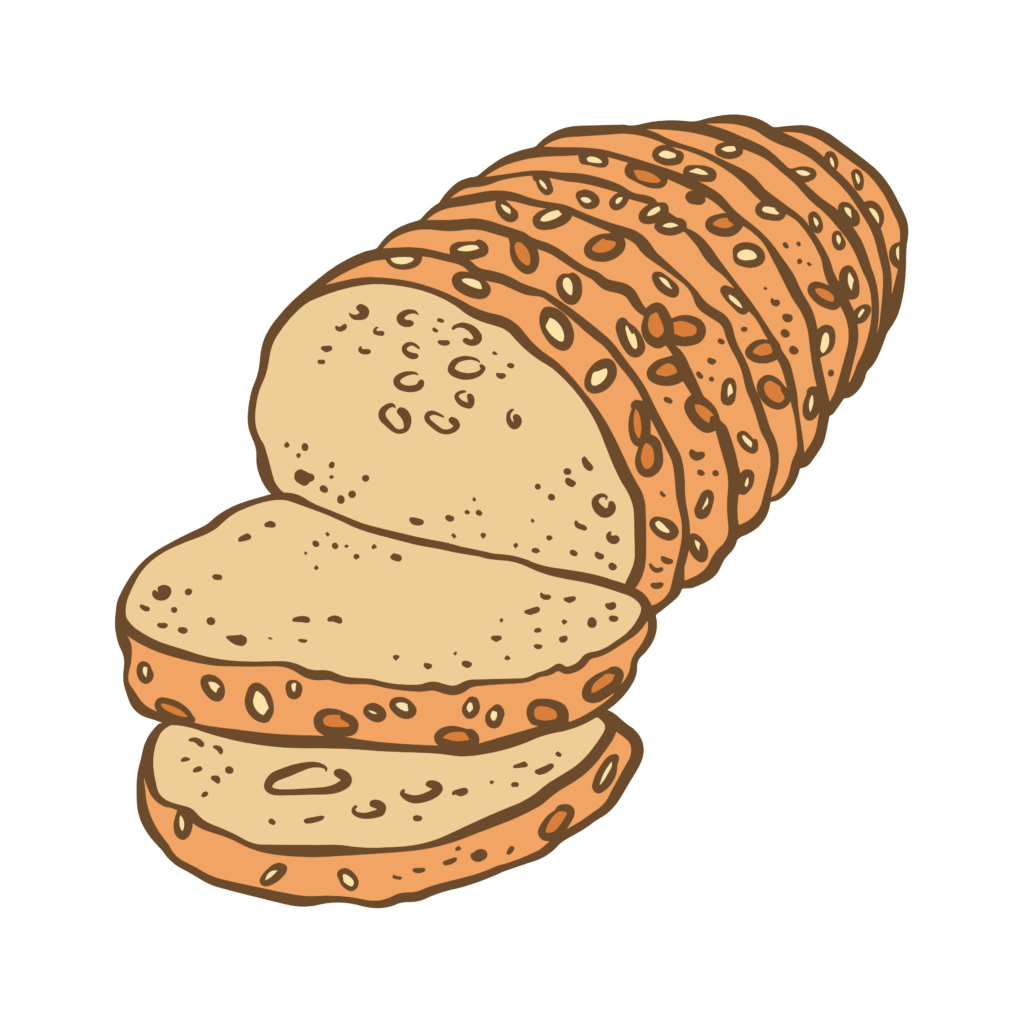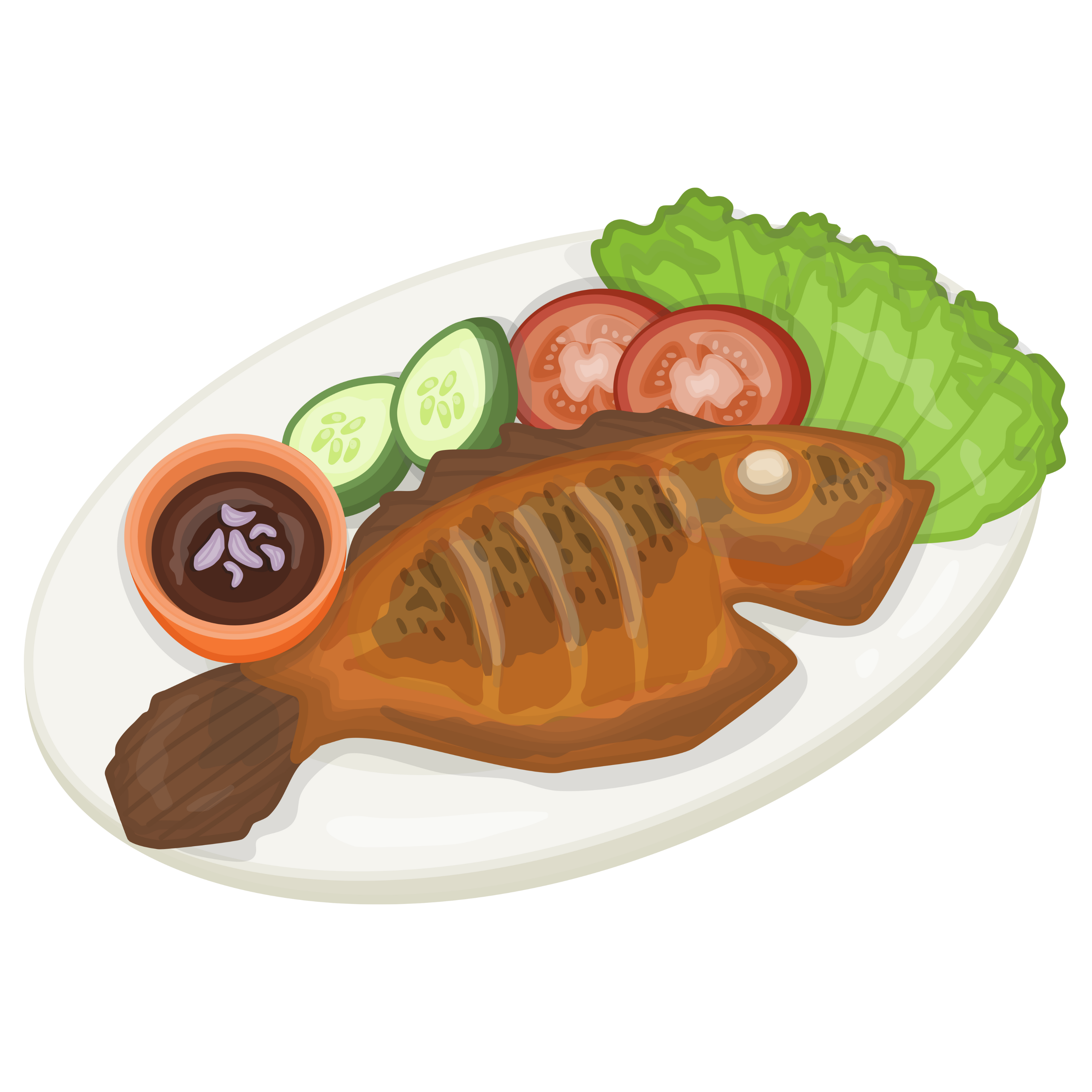How to Make Healthier Choices: A Guide to Food Swaps
When aiming to eat healthier, it’s easy to assume that some dishes need to be avoided. Healthy food swaps can be used in dishes to better support nutrition without sacrificing flavor. Healthy food swaps are simple changes that replace less nutritious ingredients with nourishing alternatives. By making thoughtful substitutions in key areas—such as dairy, grains, fats, sugars, and proteins—dishes can become more balanced. Follow this guide that explores simple healthy food swaps that can make a meaningful impact on overall nutrition.

Dairy
Dairy products provide essential nutrients like calcium and protein, but full-fat options are high in saturated fat, which can impact cardiovascular health. To reduce saturated fat intake, swap whole milk or heavy cream for 1% milk. Low-fat yogurt can also be used in place of whole milk yogurt for a lighter alternative.

Grains
Grains are an important source of fiber and essential nutrients that support heart health, lower cholesterol, and aid in weight management. However, refined grains—such as white rice, white bread, and white pasta—lose many of these benefits during processing. Instead, opt for brown rice, whole-grain bread, or whole-wheat pasta. Whole grains like quinoa and barley can also be used as a nutritious substitute for rice.

Fats
Fats are a necessary part of a balanced diet, but the type of fat consumed matters. Polyunsaturated and monounsaturated fats support heart health, while saturated fats should be limited. When cooking, use olive oil, avocado, or vegetable oil instead of butter or palm oil. In baking, applesauce or overripe bananas can replace butter or oil to add moisture while reducing saturated fat.

Proteins
Protein is essential for muscle health and overall body function, but leaner options can help reduce saturated fat intake. Choose lean proteins like chicken breast, turkey, and pork loin, or opt for lean cuts of red meat such as flat iron, sirloin, and 90% lean ground beef. Fish is also a nutritious choice. For a plant-based alternative, beans, lentils, and peas provide protein and nutrients while reducing saturated fat.

Sugars
Excess added sugar can contribute to health concerns, but natural alternatives can provide sweetness along with additional nutrients. Instead of granulated sugar, use local honey, which contains antioxidants and may help with seasonal allergies. Maple syrup is another natural sweetener rich in minerals. In baking, swap sugar for dates, overripe bananas, or applesauce to add natural sweetness and fiber.